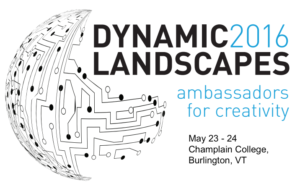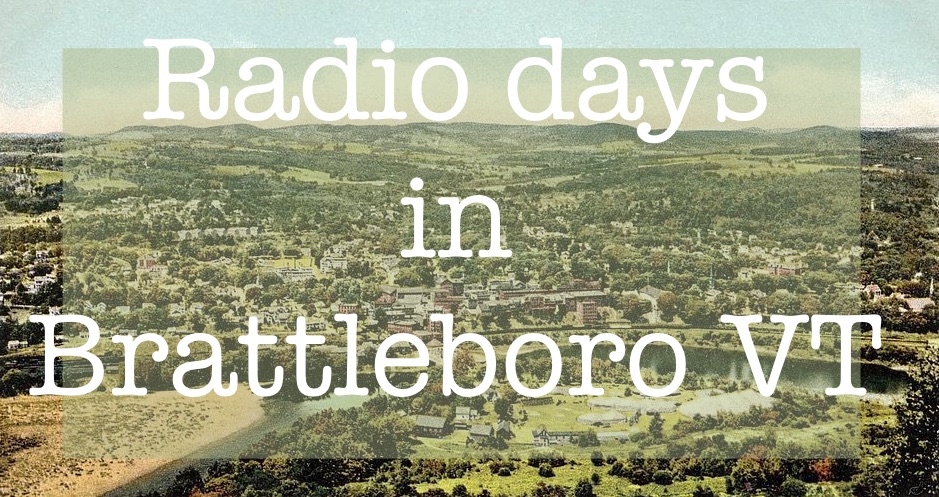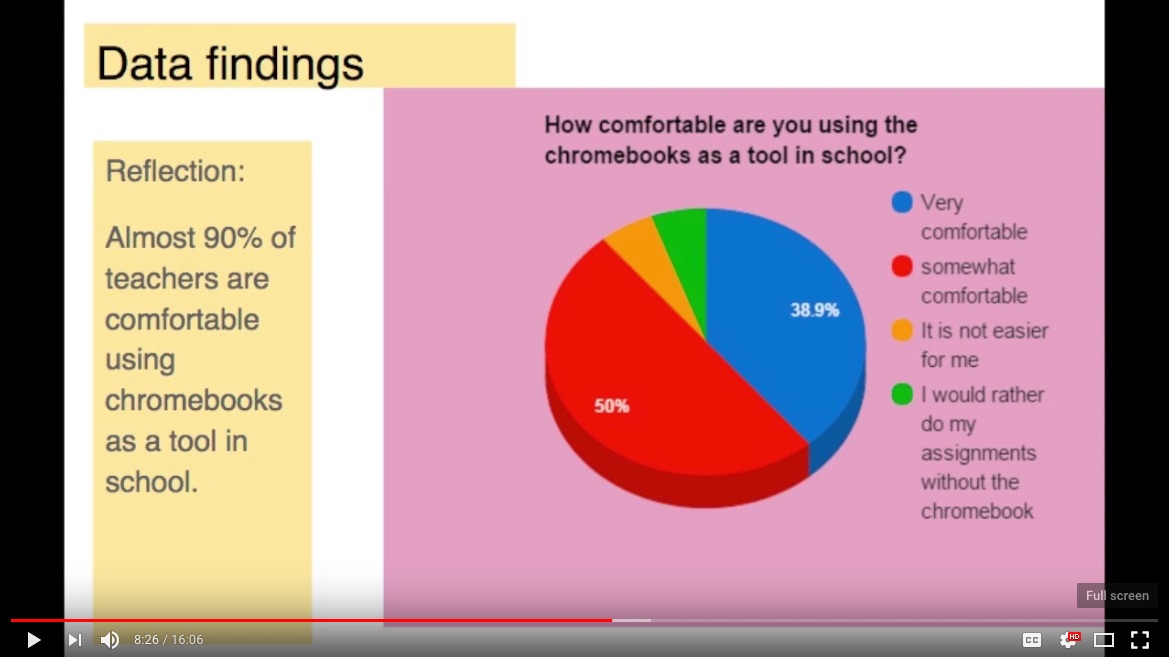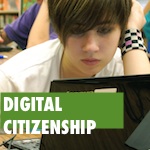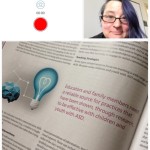Feedback is a key component of a successful, celebratory and growth-oriented student-centered conference. And your colleagues, your students and their families can all play vital roles in assessing student-led conferences.
Who should be giving and receiving assessments? There’s *lots* of room at this table. Remember: feedback is a gift.
(Resist the freakout: when we talk about “assessment”, we’re trying to get a sense of what went well, and what could be improved, with an eye towards supporting students and their families. It’s not a test, and it’s not pass-fail. Think of it as more of a cline: this assessment can be codified in Google Forms (or exit surveys) or simply take the form of unscripted reflection.)
Your students’ families
Down at Brattleboro Area Middle School (BAMS), in Brattleboro VT, families arrived for their first ever student-led conferences to be greeted at the door by the building principal, administrative staff, a table of baked goods — and a row of Chromebooks. (Yes, one of these things was waaaay more popular than the others).
BAMS educators designed a simple Google Form in which they asked families to provide a few key metrics about the new conference format.
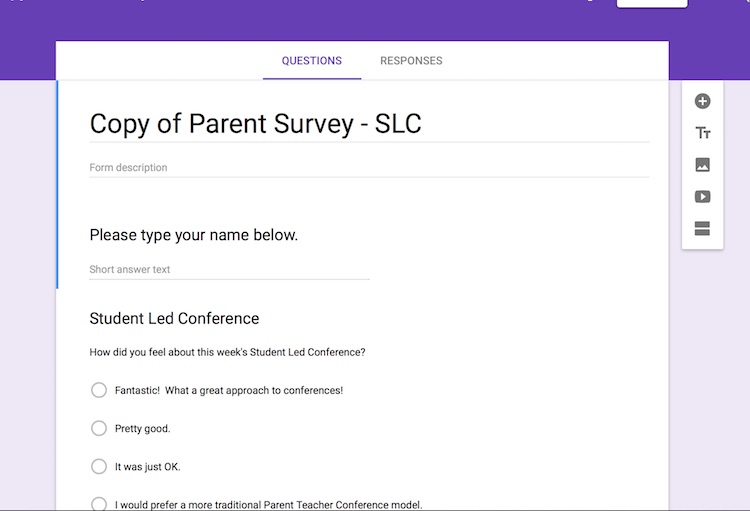
92% of the 112 parents surveyed at BAMS responded that they felt “pretty good” or “fantastic” about the conference they attended. Parents contributed comments such as: “I think this is such a great opportunity for our students to showcase their talents and abilities. I appreciate the collaboration and the conversations that came of the student led conference process.”
Lamoille Union Middle School educator Katie Bryant and her team also used Google Forms to collect family feedback. The team gave their students a structure for the conferences that revolved around projecting their PLP from an iPad. Students walked their families through the pieces of their PLP they were most proud of. Afterwards, Bryant and her team sent out the Forms for family feedback. And when they looked at the data, they discovered that the student-led conferences helped families engage more with student PLPs.
Families want a bigger voice in their students’ education, and this is a perfect time to open that door.
Your students
An integral part of student voice is making sure your students get to assess their experiences in the classroom — including the student-led conference. Here are some sample prompts:
- What’s one word you’d use to describe your experience with this conference?
- What was the most satisfying thing about this conference?
- What was the most challenging thing about this conference?
- If you could change any one thing about this experience, what would you change?
Different strokes for different folks: let students answer a Google Form, free-write or even record a short video response. And yes, give students the opportunity to add those responses to the personal learning plans (PLPs). It’s all part of one big cohesive system.
Your colleagues
First, feel free to celebrate. You did it! You — yes *you* — are helping education move forward. You’re changing the dominant parent-teacher conference paradigm in favor of one that centers student voice. That is outstanding! Everybody have a cookie.
Then, keep it simple, you’re all exhausted. Throwing events takes a lot of work, and you have prepped your socks off for these particular conferences. So: how’d it go?
Take some time to decompress, then feel free to reach out to your fellow educators.
If you’re doing student-led conferences in pairs, you have someone who was there across the table, watching and hearing the same event. If you’re doing these conferences as a full team or a full middle school, before the conferences you can build in things to look for:
- How was good (or challenging) news received by the family? Did this seem different from previous iterations?
- What was the ratio of participants speaking? Did you hear more from the student? From the family?
And you can also just sit down with a colleague and ask them for a general reflection.
Longtime BAMS educator Joe Rivers provided some valuable thoughts on the whole general process during some downtime in the evening event. “I’ve enjoyed watching kids in this setting, talking with their parents. Their eyes light up, get bigger… Kids’ll talk about their lives here, and their lives out n’ about, in advisory, but now they’re talking about things they care about. That’s even deeper. It’s been eye-opening and enjoyable.”

Don’t forget you!
Yes, you absolutely deserve another cookie for this. And you deserve to know your own power as a very interested party. You know these kids. You’re with them every day. In thinking about their student-led conferences, Rachel Mark encourages us to consider the following indicators:
- Do you see students eyes light up when speaking about a learning experience?
- Are you blown away by students saying things like, “I used more tools to create the game and make it more complicated”?
- Does your heart skip a beat when students connect eyes with a parent who tells them they are very proud of them?
Jotting some quick notes along these lines during conferences or directly after can provide valuable meta-data on the experience, and give you inspiration for doing it again next time!
Happy student-led conference season, y’all!
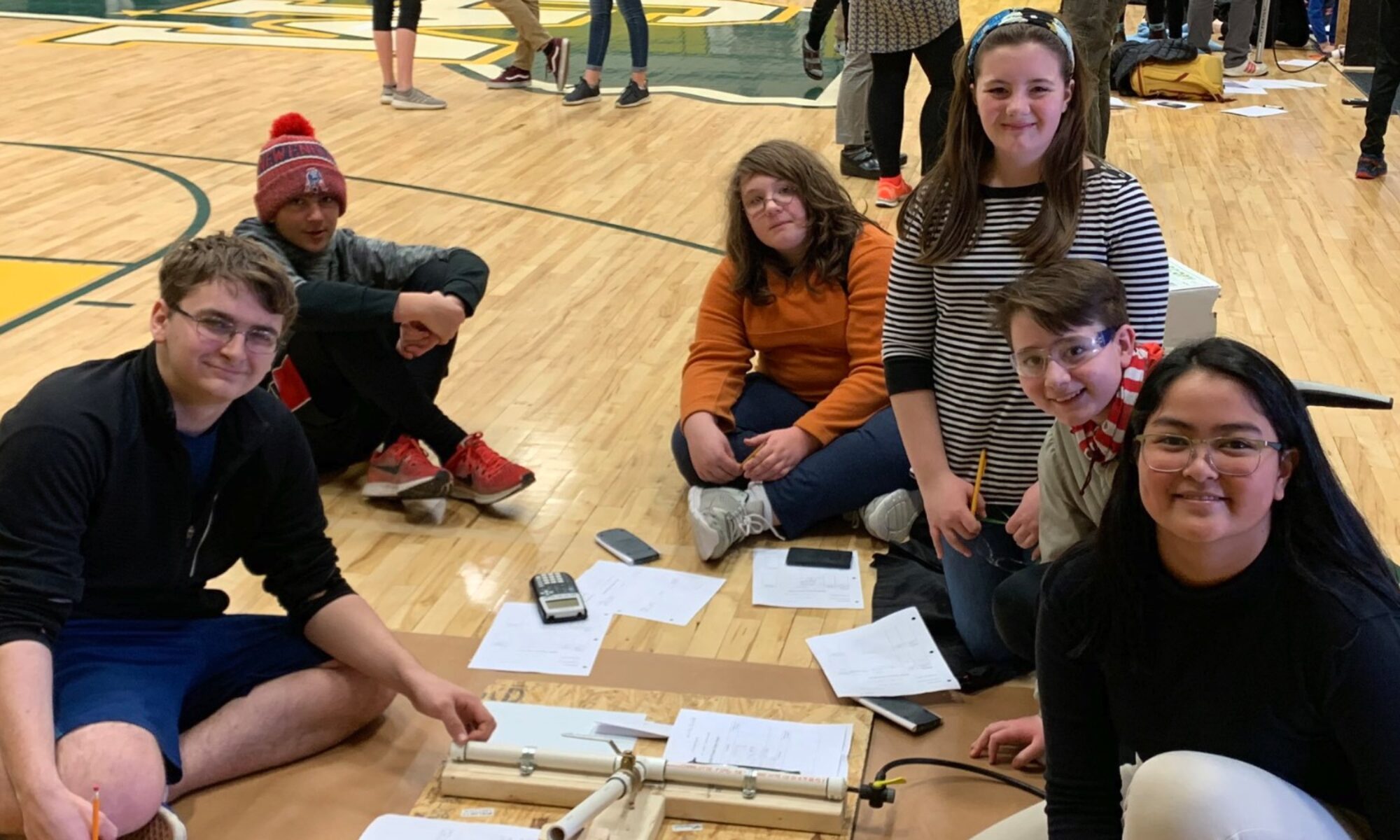


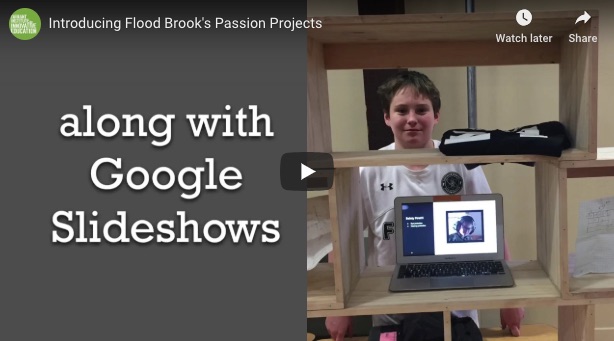
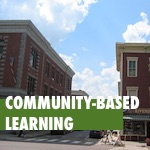
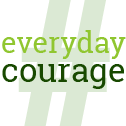 In order for student centered learning to happen, we have to invest in explicitly teaching (and reteaching) routines, expectations, and behaviors for learning. The beginning of the year is an ideal time to first establish a culture and community for learning.
In order for student centered learning to happen, we have to invest in explicitly teaching (and reteaching) routines, expectations, and behaviors for learning. The beginning of the year is an ideal time to first establish a culture and community for learning.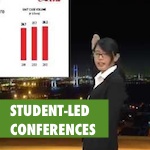 As educators, it’s absolutely critical that we reflect on our practices, especially new ones. As schools around the state finish with parent-teacher conferences this fall, I’d like to take a look at how to evaluate student-led conferences in particular, by checking in on how one school built feedback metrics into the process from the start.
As educators, it’s absolutely critical that we reflect on our practices, especially new ones. As schools around the state finish with parent-teacher conferences this fall, I’d like to take a look at how to evaluate student-led conferences in particular, by checking in on how one school built feedback metrics into the process from the start.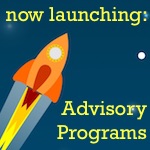
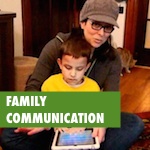 The end of every school year is tough. Teachers and administrators struggle to keep students in line, finish assessments, plan field trips, and tie up loose ends. But what’s really important? To provide closure, celebrate accomplishments, and allow students to reflect on how they’ve grown and developed. And including family in those celebrations is vital.
The end of every school year is tough. Teachers and administrators struggle to keep students in line, finish assessments, plan field trips, and tie up loose ends. But what’s really important? To provide closure, celebrate accomplishments, and allow students to reflect on how they’ve grown and developed. And including family in those celebrations is vital.